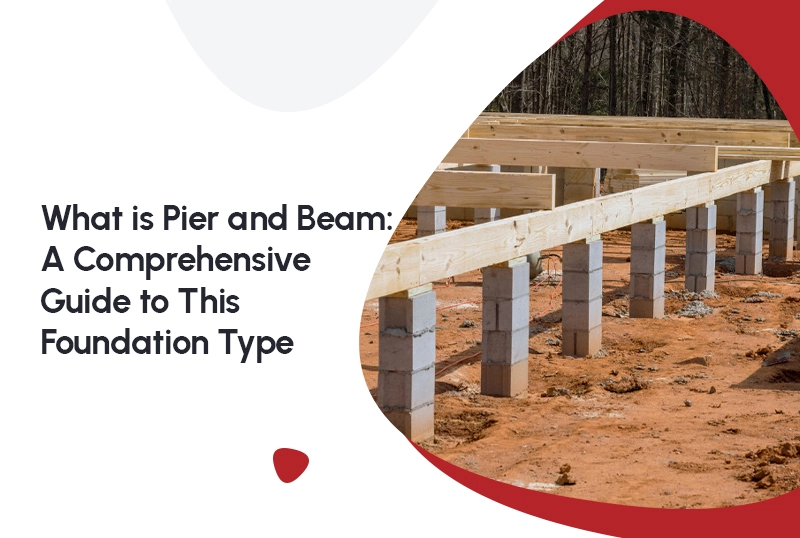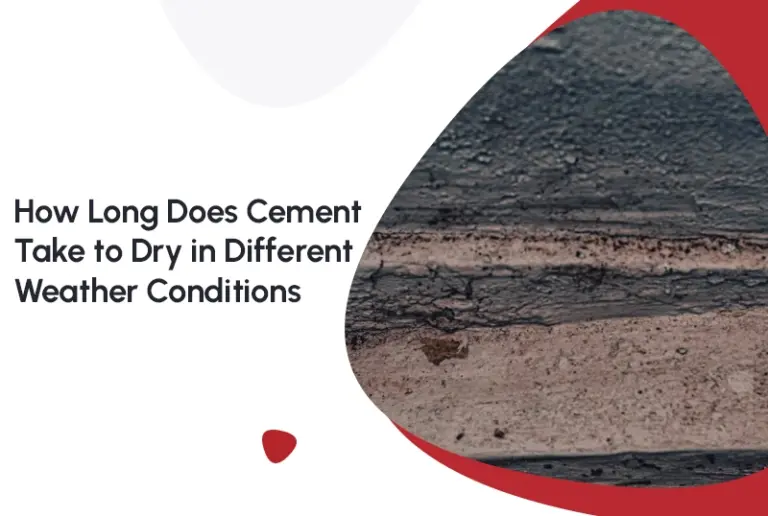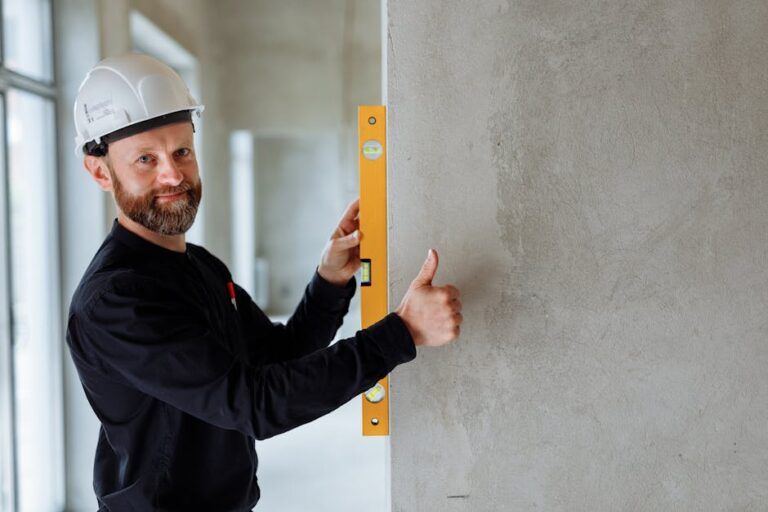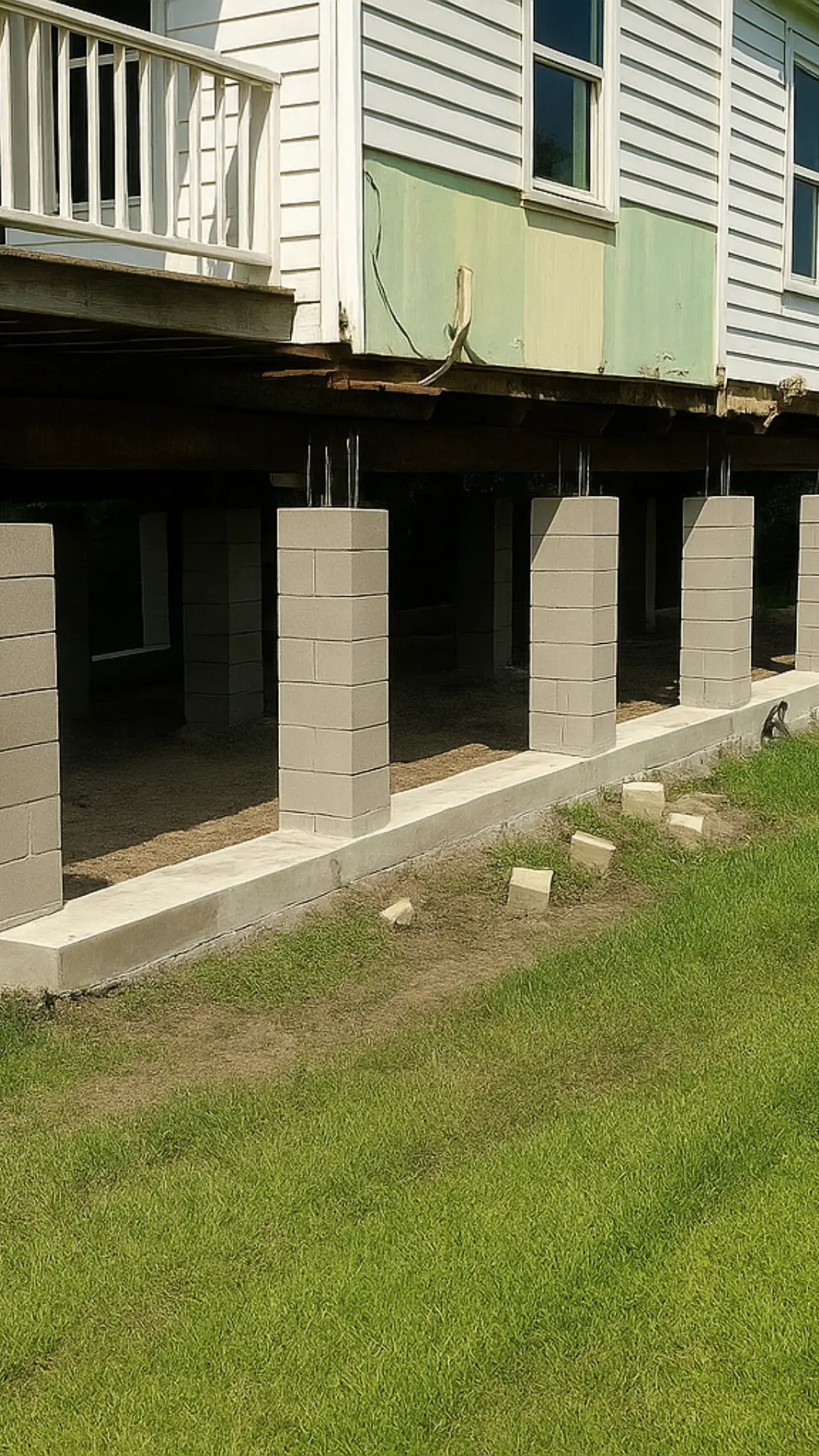When it comes to building a strong and durable home, the foundation is everything. Popular in many regions, especially in areas with unstable soil or heavy moisture, this foundation type offers unique benefits and challenges. In this guide, we’ll explore what a pier and beam foundation is, its advantages and disadvantages, how it compares to other foundation types, and what you should know about maintenance and repair.
For homeowners dealing with issues like sagging floors or shifting beams, professional Foundation Repair services can restore stability and prevent further damage.
What is A house Foundation
A home or house foundation is the structural base of a building that provides support and stability. It is typically made of concrete, stone, or masonry and is designed to bear the weight of the house and distribute it evenly to the ground. The foundation plays a crucial role in keeping the home level, preventing movement or shifting that could lead to damage.
Benefits
System offers several advantages:
- Elevated Design: The home sits above ground, reducing the risk of flood damage.
- Easy Access: Plumbing, electrical, and HVAC systems are accessible from the crawl space, simplifying repairs.
- Moisture Protection: Elevation helps prevent moisture buildup, which can be a problem in slab foundations.
- Stability on Shifting Soil: In areas prone to soil movement, pier and beam foundations handle shifts more effectively than other types.
Drawbacks
Foundations are highly durable, they do come with some downsides:
- Maintenance Requirements: Regular inspections are necessary to prevent wood rot and pest damage.
- Vulnerability to Moisture: The crawl space can attract moisture if not properly ventilated.
- Potential for Sagging Floors: Over time, beams may sag, requiring adjustments or repairs.
- Higher Initial Costs: Construction costs for pier and beam foundations are generally higher compared to concrete slabs.
How Compares to Other Foundation Types
When comparing to other foundations like Concrete Slab Foundation Repair, there are notable differences:
- Concrete Slab Foundations:
- More affordable to build initially, but harder to repair.
- Limited access to plumbing and electrical systems.
- Better suited for areas with stable soil and low moisture levels.
- More affordable to build initially, but harder to repair.
- Basement Foundations:
- Provides additional living or storage space.
- Higher cost and more prone to water damage without proper waterproofing.
- Provides additional living or storage space.
- Crawl Space Foundations:
- Similar to pier and beam, but generally lower in elevation.
- Easier access for maintenance but more vulnerable to moisture.
- Similar to pier and beam, but generally lower in elevation.
Signs That Your Foundation Needs Repair
Even the most well-built foundations require maintenance. Here are some common signs that your pier and beam foundation may need attention:
- Sagging or uneven floors
- Doors and windows sticking or not closing properly
- Visible gaps between walls and ceilings
- Cracks in the walls or exterior brickwork
- Creaking or shifting floors
If you notice these signs, it’s crucial to act quickly. Early intervention can prevent minor issues from becoming major problems.
Maintenance Tips for Foundations
- Inspect Crawl Spaces Regularly: Look for signs of moisture, pests, or wood rot.
- Ensure Proper Drainage: Keep water from pooling around your foundation.
- Ventilate Crawl Spaces: Good airflow reduces moisture buildup.
- Check for Shifting or Settling: Regular inspections can catch problems early.
- Schedule Annual Inspections: A professional assessment can identify small issues before they escalate.
Foundation Repair Options
Various repair options are available:
- Re-shimming: Adjusting the wooden beams for proper alignment.
- Pier Replacement: Replacing damaged or worn-out piers with new, stable ones.
- Beam Replacement: Switching out rotted or sagging beams to restore stability.
- Crawl Space Leveling: Ensuring the crawl space is even and secure.
For severe issues, consulting a professional for pier and beam repairs is recommended. This ensures the foundation is restored safely and effectively.
Conclusion
The foundation is a resilient and adaptable choice for many homes, particularly in regions with unstable soil or frequent flooding. Its elevated design allows for easy maintenance and access to essential systems, while its structure protects from moisture. However, regular inspections and prompt repairs are key to maintaining its longevity. If you notice any warning signs of foundation trouble, don’t hesitate to seek professional Foundation Repair services. Protect your investment by keeping your foundation strong and stable.
FAQs
1. What is the main advantage of a pier and beam foundation?
The primary advantage is its elevated design, which protects the home from moisture and flooding. It also provides easy access to plumbing and electrical systems.
2. How often should a pier and beam foundation be inspected?
Ideally, it should be inspected annually to catch early signs of damage like wood rot, moisture buildup, or sagging beams.







